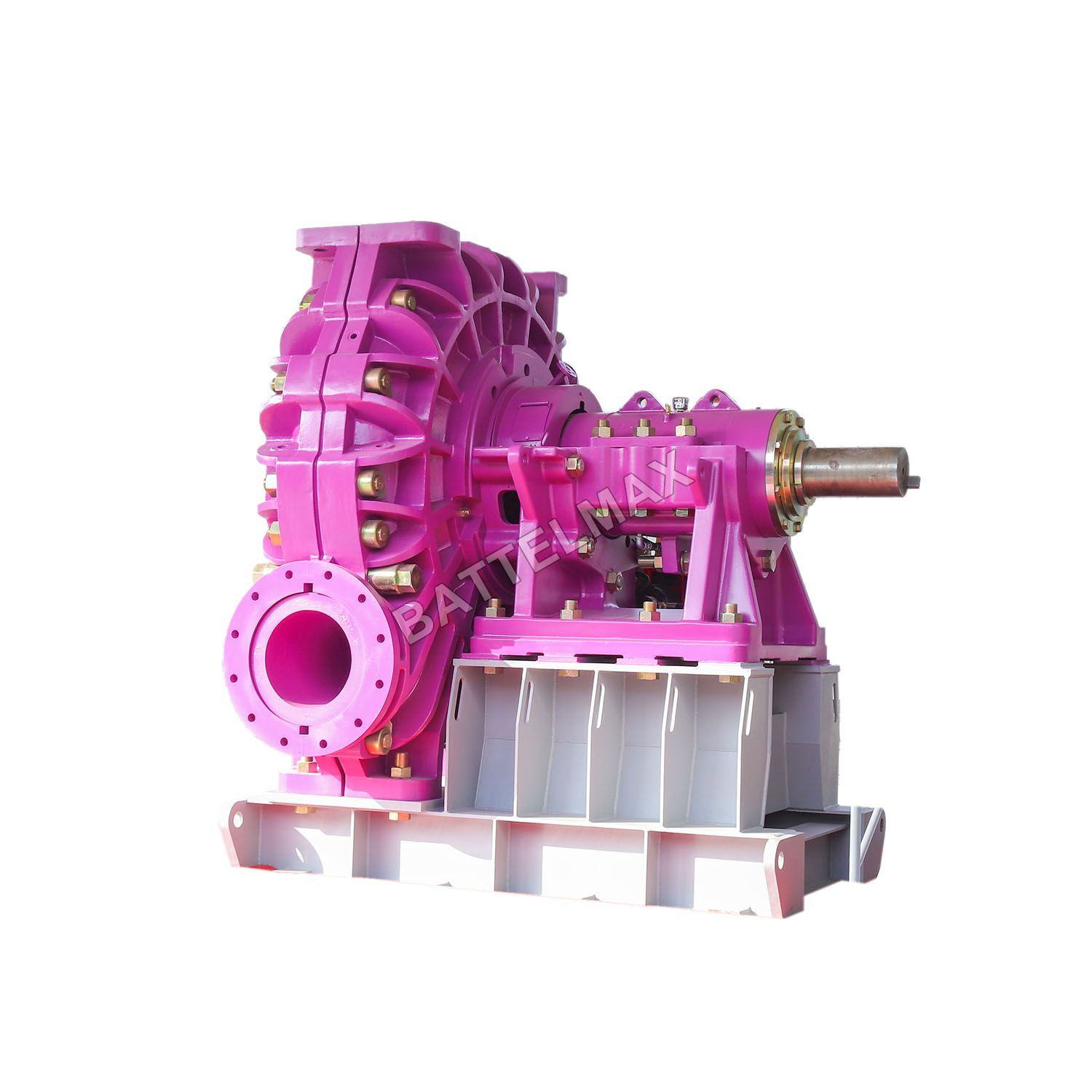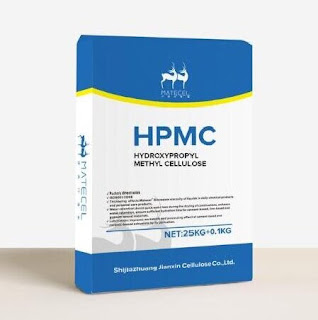How Often Should I Inspect My High Pressure Lined Slurry Pump?
Welcome to our comprehensive guide on inspecting high pressure lined slurry pumps. Regular maintenance and inspection are crucial to ensure the optimal performance and longevity of your pump. In this article, we'll explore why these inspections are important, how often you should inspect your pump, and the key steps for effective maintenance.

High pressure lined slurry pumps are essential for various industrial applications, including mining, oil and gas, and wastewater treatment. These pumps are designed to handle abrasive and corrosive slurries, making them susceptible to wear and tear over time.
Why Regular Inspections Are Crucial
Regular inspections help identify potential issues early on, allowing for timely repairs and maintenance. This proactive approach can prevent costly downtime and extend the lifespan of your pump. Neglecting regular inspections can lead to sudden failures, increased repair costs, and production delays.
How Often Should I Inspect My Pump?
The frequency of Slurry Pump inspections depends on several factors, including the operating conditions, the type of slurry being pumped, and the manufacturer's recommendations. As a general guideline, it's recommended to inspect your pump at least once every three to six months. However, in harsh operating environments or for critical applications, more frequent inspections may be necessary.
Key Steps for Pump Inspection
Visual Inspection: Check for any signs of leaks, corrosion, or damage to the pump and its components.
Performance Testing: Measure the pump's flow rate, pressure, and efficiency to ensure it's operating within optimal parameters.
Lubrication Check: Ensure all moving parts are properly lubricated to prevent premature wear.
Seal Inspection: Check the seals and gaskets for signs of wear or damage and replace them if necessary.
Vibration Analysis: Monitor the pump's vibration levels, as excessive vibration can indicate a problem with the pump or its foundation.
Electrical Inspection: Inspect the pump's electrical components, such as the motor and wiring, for any issues.
Documentation: Keep detailed records of all inspections and maintenance activities for future reference.
Common Pump Issues and Solutions
Cavitation: Causes include inadequate suction pressure, a worn impeller, or a clogged suction line. Solutions include increasing suction pressure, replacing the impeller, or clearing the suction line.
Corrosion: Can be prevented by using corrosion-resistant materials and coatings and regular inspection and maintenance.
Seal Failure: Can be caused by improper installation, excessive pressure, or wear and tear. Solutions include replacing the seal and addressing the root cause of the failure.
Conclusion
Regular inspection and maintenance are essential for ensuring the optimal performance and longevity of your high pressure lined slurry pump. By following the key steps outlined in this article, you can prevent costly downtime and repairs, and ensure Hongchang slurry pump operates efficiently.

评论
发表评论